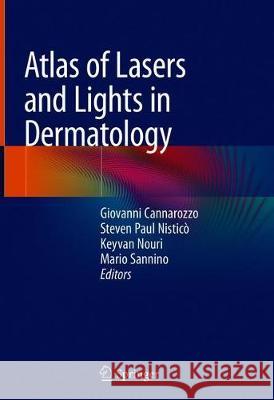Atlas of Lasers and Lights in Dermatology » książka
topmenu
Atlas of Lasers and Lights in Dermatology
ISBN-13: 9783030312312 / Angielski / Twarda / 2020 / 239 str.
Atlas of Lasers and Lights in Dermatology
ISBN-13: 9783030312312 / Angielski / Twarda / 2020 / 239 str.
cena 806,99
(netto: 768,56 VAT: 5%)
Najniższa cena z 30 dni: 771,08
(netto: 768,56 VAT: 5%)
Najniższa cena z 30 dni: 771,08
Termin realizacji zamówienia:
ok. 22 dni roboczych
Bez gwarancji dostawy przed świętami
ok. 22 dni roboczych
Bez gwarancji dostawy przed świętami
Darmowa dostawa!
Kategorie BISAC:
Wydawca:
Springer
Język:
Angielski
ISBN-13:
9783030312312
Rok wydania:
2020
Wydanie:
2020
Ilość stron:
239
Waga:
0.65 kg
Wymiary:
25.65 x 18.03 x 1.78
Oprawa:
Twarda
Wolumenów:
01











